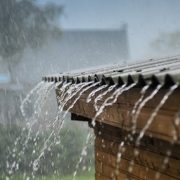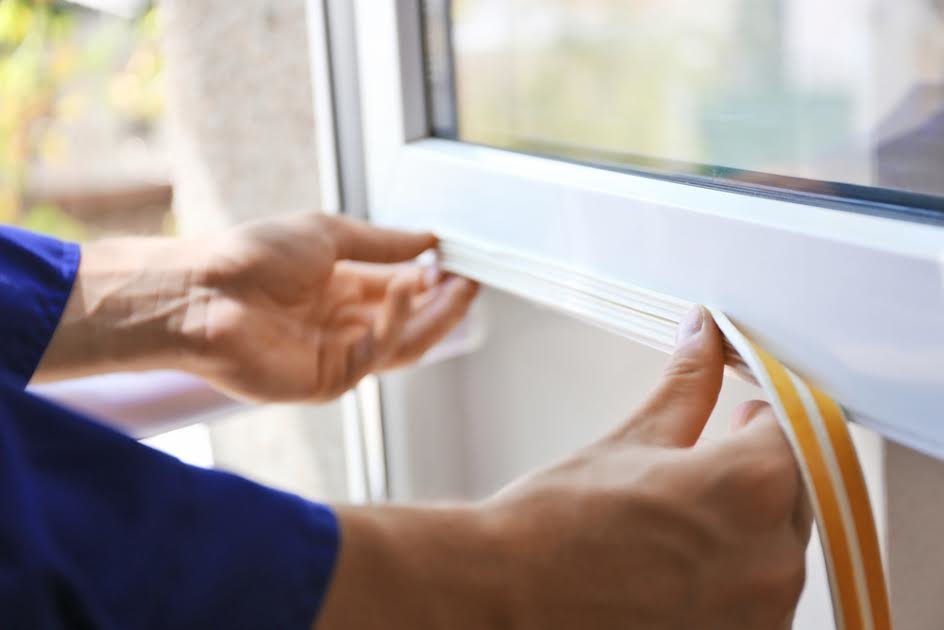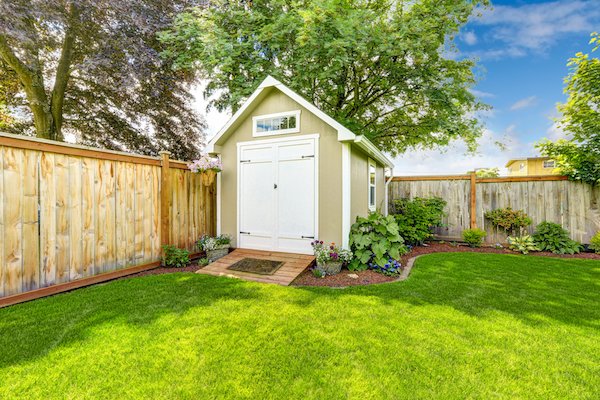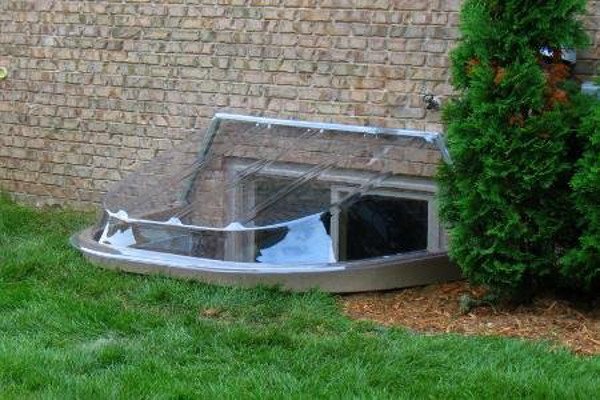How to Prep Your House for Rain
The rainy season is great for lawns and gardens, but it can also be a homeowner’s worst nightmare. Whether it’s a leaky roof or flooded basement, heavy rain can cause serious damage in and around your home. Fortunately, you can fight back against the rainy season by properly prepping your home for those spring thunderstorms.
Roof
The roof is the first line of defense against heavy rains and you should inspect it before peak season. Walk around the exterior of your property and look for loose shingles, aging spots, and places that are sagging. Note any problems you discover and go up on the roof for a closer inspection. You can usually match and replace broken or missing shingles, but if large portions are damaged, then the roof is probably due for a replacement.
Gutters
Gutters play an important part in guiding water away from your home. Without proper drainage, water can build up around the foundation and cause numerous problems, including erosion and mold. You want to make sure all the gutters are clear of debris and free of any blockages. For future maintenance, consider installing wire mesh to the gutters to prevent leaves and branches from blocking the waterway.
Indoor Leaks
Don’t forget to check the inside of your home for signs of leaks. Inspect the walls and ceilings and look for discoloration, mold, or water rings. These are good indications that you have a leaky roof that needs further attention. If you discover any interior leaks, you will need to enter the attic and trace the problem to its source.
Doors and Windows
While you are inside, it’s also a good idea to check all exterior doors and windows for proper seals. Make sure all doors and windows are shut properly and don’t show signs of major wear. Inspect caulking around windows and re-apply wherever necessary. For doors, replace any damaged weather stripping and look for gaps in the door jam. Not only can this allow water inside, but it’s also an escape route for cold air.
Clear Perimeter
Walk the perimeter of the home and remove broken tree limbs and other debris that can be potentially damaging. Keep trees trimmed above the roof and gutter and avoid planting any within 10 to 20 feet of the home. Also, check the driveway for proper drainage and remove anything that might become an obstacle for water.
Outdoor Storage
Rain can easily ruin lawn equipment and power tools. To keep everything in top condition, store sensitive tools in dry places and off the ground. If you have a shed, inspect the roof and make sure it’s still in good working order. For wooden garden or deck furniture, apply a waterproofing treatment to help protect against heavy downfalls.
Deck
The deck is an area of the home that is constantly fighting the weather. Over time, heavy rain and wind can erode wood and damage the integrity of the structure, especially on the underside of the deck. To protect the deck and keep it looking good, clean the surface and apply a few layers of waterproof sealer. The sealer will wick water away and help protect the stain.
Basement
The basement is often a problem area in rainy weather. To keep the water out and prevent mold buildup, inspect basement windows for tight seals and look for any signs of water leaks. You can also build up landscaping around the perimeter of the basement to direct water away. If you have a crawl space that frequently floods, consider installing a sump-pump to remove any excess.
Tips
Hurricane socks, which are basically sand-less sandbags, are a great temporary fix for leaky garages and basements. These socks absorb up to a gallon of water and can be dried out in a clothes dryer. It’s also a good idea to keep furniture in portions of the home that aren’t susceptible to flooding. Attempting to move heavy furniture in the event of a flood is never easy.







